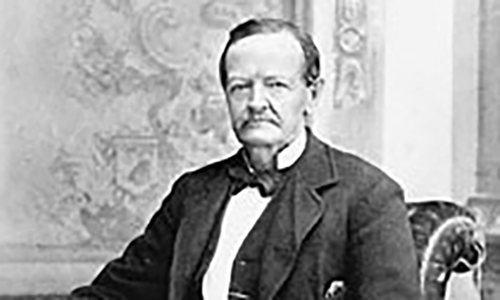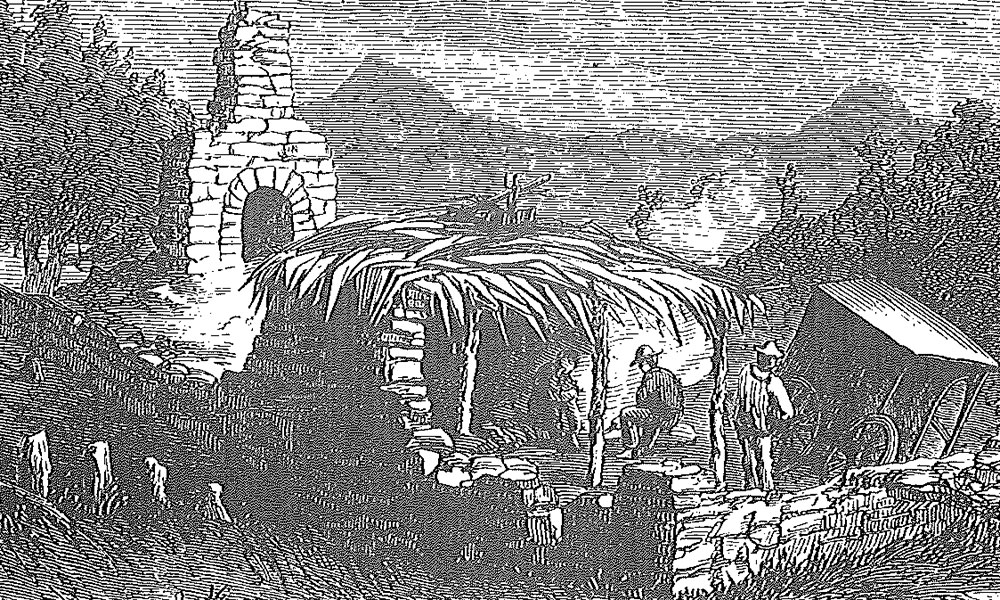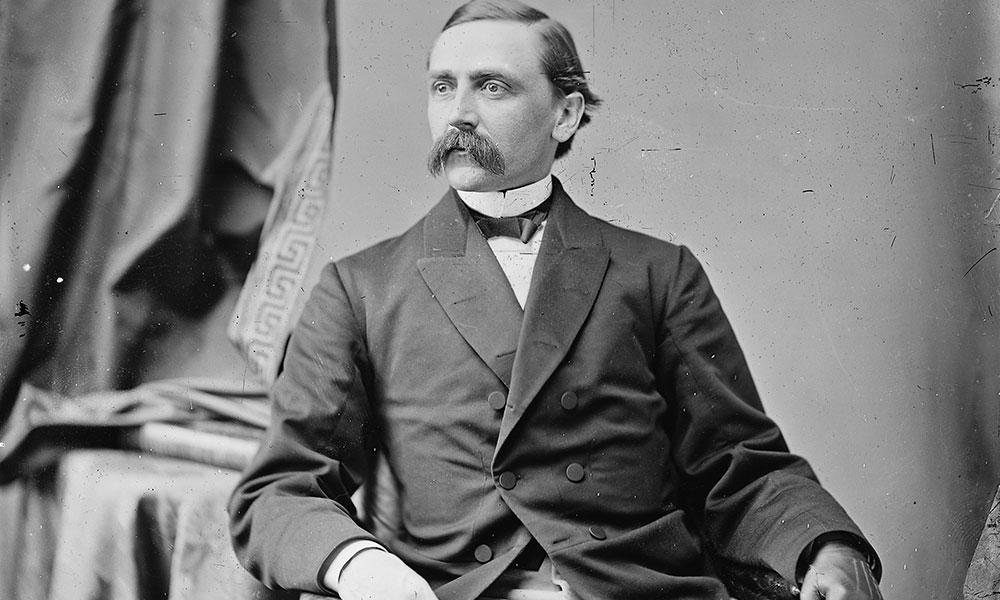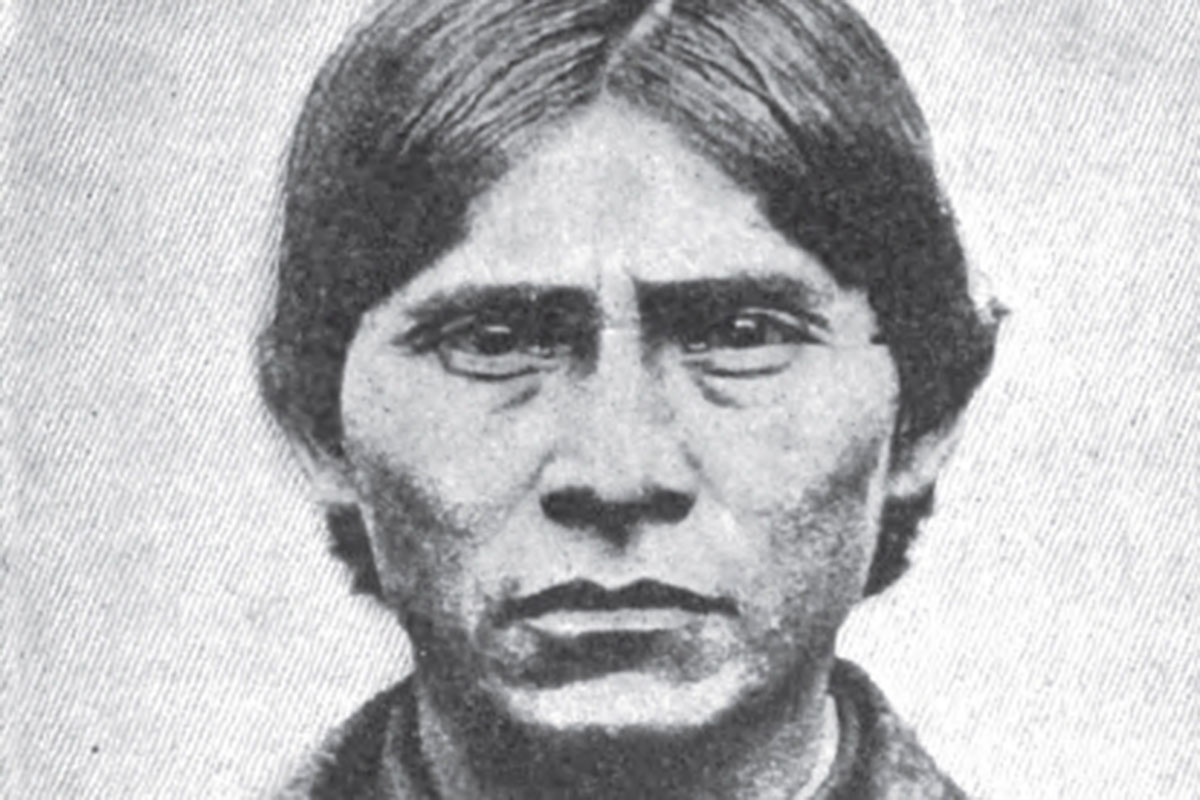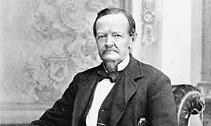
In a sense, Pete Kitchen represented Arizona’s transition from
lawless frontier to civilization. In 1861, the U. S. Army was withdrawn
from Arizona to fight in the Civil War that raged in the East. The
Apache and other lawless elements seized the opportunity to ravage
the settlers in Arizona. Travelers were murdered daily on the roads
leading out of Tucson. The bloody road that passed by Pete’s ranch
was christened, “Tucson, Tubac, Tumacacori, To Hell.”
Pete’s ranch on Potrero Creek became the only safe haven
between Tucson and the Mexican village of Magdelena. Located atop
a hill with a commanding view in all directions, his ranch house
became a veritable adobe fortress. It was extremely difficult for an
enemy to approach, and Pete had a sixth sense about Apache
warriors and border bandits. Pete’s ranch sat on a main Apache
plunder trail along the Santa Cruz River, five miles north of present-
day Nogales. With the Apache on one side and Sonoran bandits on
the other, the ranch was under siege much of the time. Despite the
danger, Pete and his hired hands raised corn, cabbage, potatoes,
fruits, melons, and hogs on over a thousand acres of rich bottom
land. His hams were famous throughout the southern part of Arizona
and New Mexico.
Pete Kitchen was born in Covington, Kentucky in 1822. He
served with the U. S. Mounted Rifles during the Mexican War and
arrived in Tucson in 1854 the same year the Old Pueblo became part
of the United States. During this time Pete became an expert
marksman with a pistol and rifle. He once put a bullet through an
Apache warrior from 600 yards away. His wife Dona Rosa was said to
have been nearly as good with a rifle as he was. When the alarm was
sounded, she would tie up her skirts so they fit like trousers, grab her
rifle and give the Apache a reception as hot as the Mexican chili she
served. Together, they defended their ranch from the banditry and
Apache alike.
The Apache made many all-out attacks in an attempt to drive
him out. They murdered his young stepson, and killed his foreman.
Several times they tried to burn his house and once they made three
major attacks within a twelve-hour period. All were driven off by Pete,
Rosa and the rest of his sharpshooters from the parapet of his ranch
house. Finally, in frustration and to restore some lost pride they did
something that must have annoyed Pete more than anything else they
could have done. They began shooting arrows into his prize hogs,
turning them into, as one observer noted, “walking pincushions.”
The Apache did everything they could to drive him away but
there he stayed; unconquered and unconquerable. Pete and his
outnumbered outfit stubbornly fought back against their relentless
foe until sometime in 1867 when the Apache decided to alter their
plunder trail and cut a wide circle around his ranch. At length they
came to recognize Pete as an enemy worthy of their respect and a
man better off left alone.
Marshall Trimble is Arizona’s official historian and vice president of the Wild West History Association. His latest book is Arizona Outlaws and Lawmen; The History Press, 2015. If you have a question, write: Ask the Marshall, P.O. Box 8008, Cave Creek, AZ 85327 or email him at marshall.trimble@scottsdalecc.edu.

